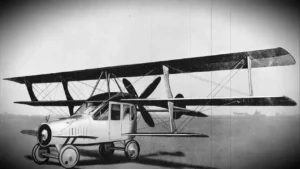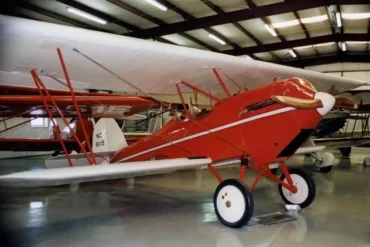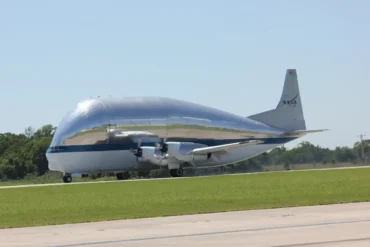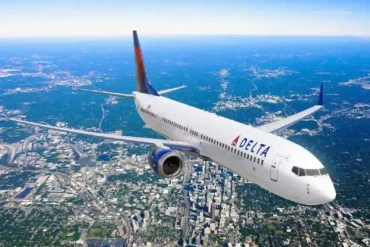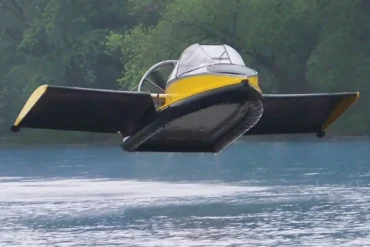Just a mere fifteen years after the Wright Brothers’ historic flight in 1903 over Kitty Hawk, N.C., the dream of a flying car began to captivate other visionaries. Nearly 80 patents related to various types of flying cars were filed with the United States Patent and Trademark Office. Some of these prototypes actually took to the skies, while most remained grounded. Unfortunately, none achieved the mass-produced flying car goal. Let’s delve into a few of the flying cars that stood out from the crowd:
Curtiss Autoplane
In 1917, Glenn Curtiss introduced the aluminum Autoplane, boasting three wings spanning 40 feet (12.2 meters). Positioned at the rear of the car, the motor drove a four-bladed propeller. Although the Autoplane never achieved sustained flight, it did manage a few brief hops.
Arrowbile
Waldo Waterman developed the Arrowbile in 1937—a hybrid Studebaker aircraft. Like the Autoplane, it featured a rear-mounted propeller. The three-wheeled car relied on a standard 100-horsepower Studebaker engine. The wings were detachable for storage. Unfortunately, insufficient funding halted the project.
Airphibian
Robert Fulton, a distant relative of the steam engine inventor, unveiled the Airphibian in 1946. Rather than adapting a car for flight, Fulton transformed a plane for road use. The plane’s wings and tail section could be removed to facilitate road travel, and the propeller could be stowed inside the fuselage. Converting the plane into a car took a mere five minutes. Remarkably, the Airphibian became the first flying car certified by the Civil Aeronautics Administration (the predecessor of the Federal Aviation Administration). Powered by a 150-horsepower, six-cylinder engine, it could reach speeds of 120 miles per hour in the air and 50 miles per hour on the ground. Despite his achievements, Fulton struggled to secure a reliable financial backer for the Airphibian.
ConvAirCar
In the 1940s, Consolidated Vultee Aircraft (later renamed Convair) introduced a two-door sedan equipped with a detachable airplane unit—the ConvAirCar. Its 1946 debut promised one hour of flight time and an impressive gas mileage of 45 miles (72 kilometers) per gallon. Unfortunately, marketing plans were abruptly halted when the ConvAirCar crashed during its third flight.
Avrocar
During the 1950s, John Frost, a product designer at Avro Canada, conceptualized the Avrocar—the first flying car specifically designed for military use. Resembling a flying saucer, this supersonic fighter-bomber aircraft was intended for vertical takeoff and landing (VTOL). Despite receiving funding from the United States Air Force in 1957, the Avrocar never fulfilled its intended purpose.
Aerocar
Drawing inspiration from the Airphibian and his earlier encounter with Robert Fulton, Moulton “Molt” Taylor created what remains one of the most iconic and successful flying cars—the Aerocar. Taylor’s vision was simple: a vehicle that could seamlessly transition from driving to flying and back. Encased in a fiberglass shell, the Aerocar featured a 10-foot-long (3-meter) drive shaft connecting the engine to a pusher propeller. It cruised at 120 mph (193 kph) in the air and became the second and final roadable aircraft to receive FAA approval. Remarkably, Ford Motor Co. even explored marketing the Aerocar in 1970, but the oil crisis of that decade dashed those aspirations.
These pioneering inventors, while unable to fully realize a practical flying car, demonstrated that the concept was feasible. Their endeavors inspired a new generation of roadable aircraft enthusiasts. With advancements in lightweight materials, computer modeling, and computer-controlled aircraft, the dream of a functional flying car is now closer than ever. In the subsequent section, we’ll delve into more recent efforts to bring flying cars to life.
